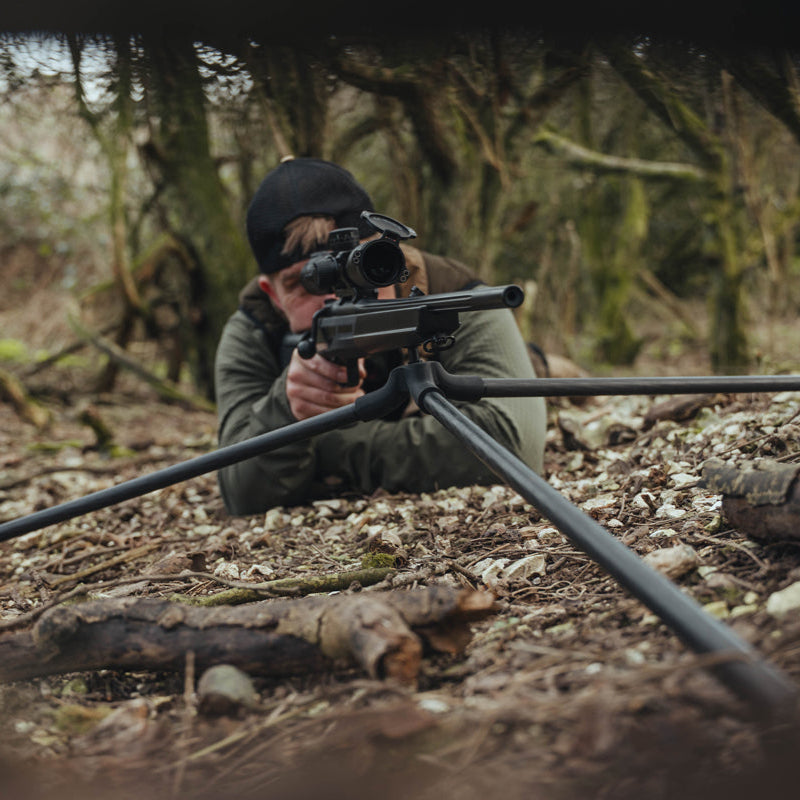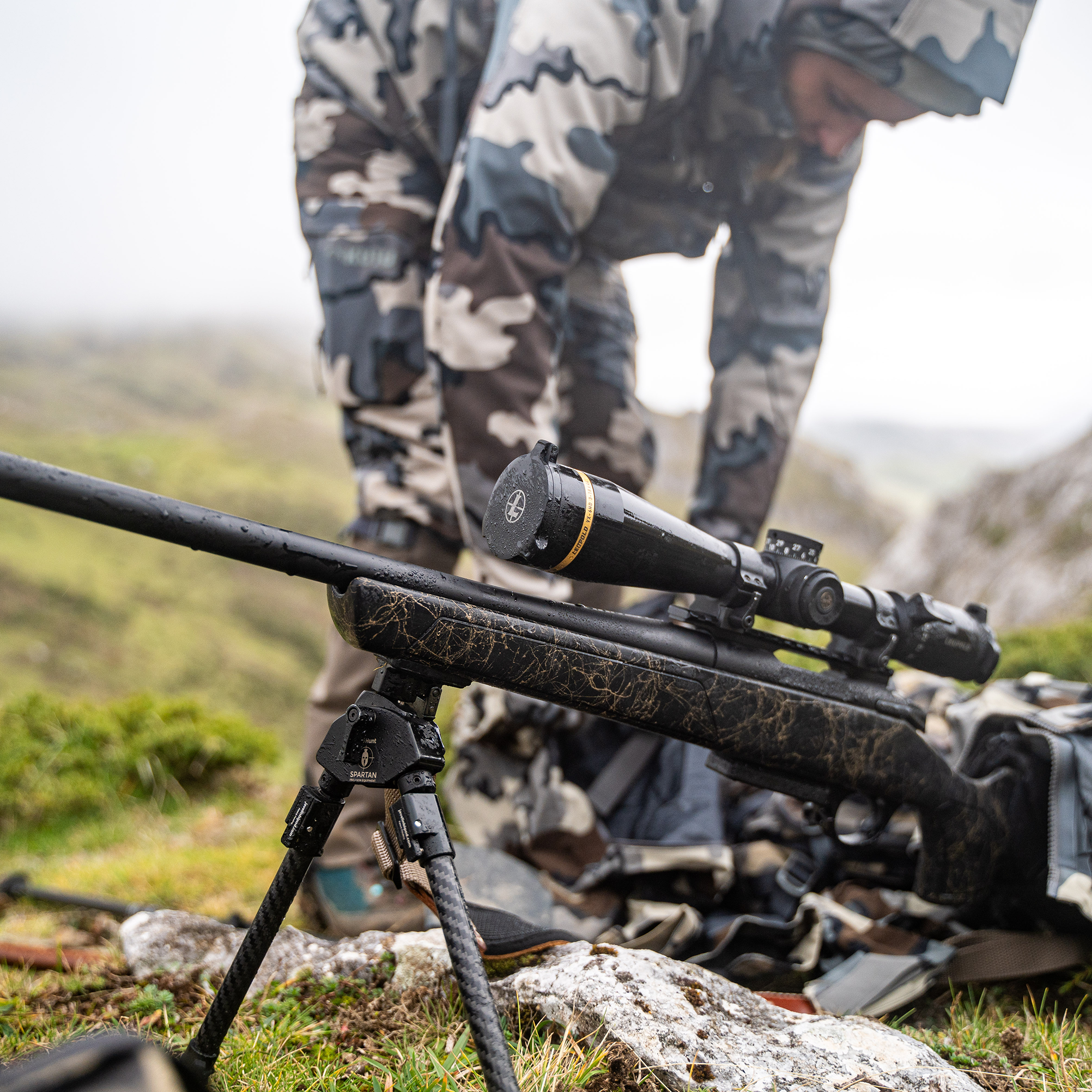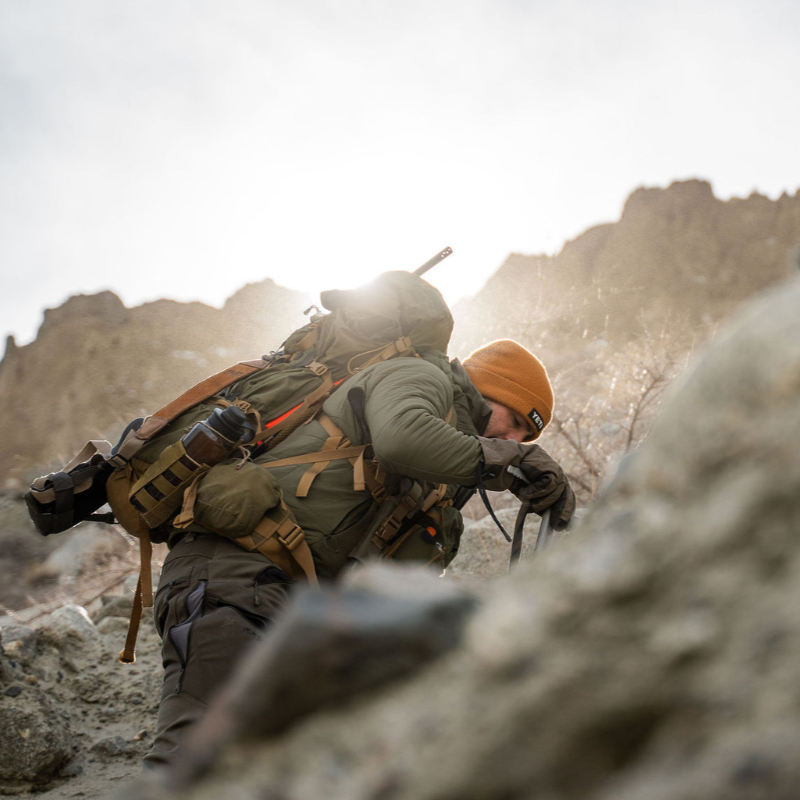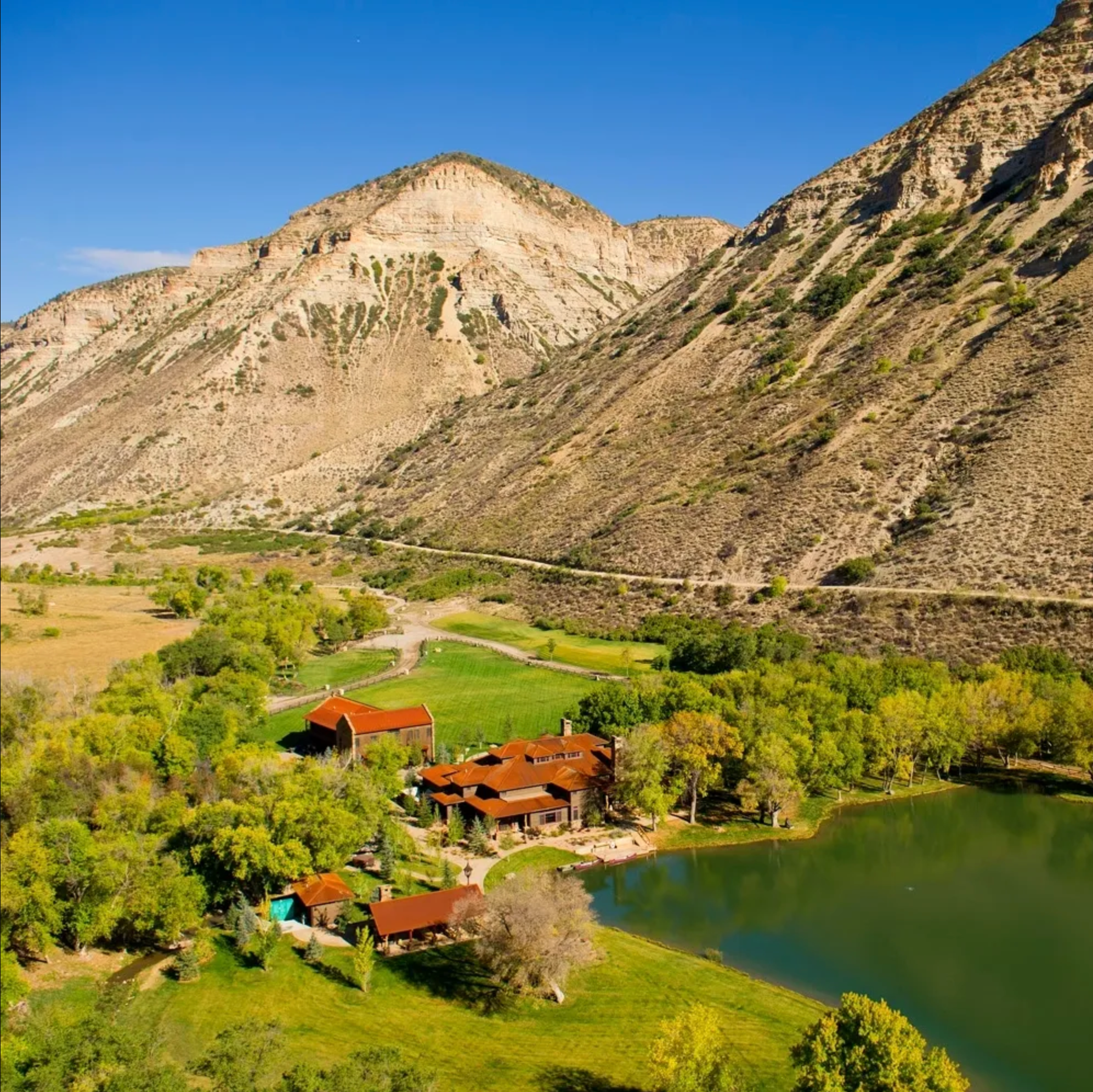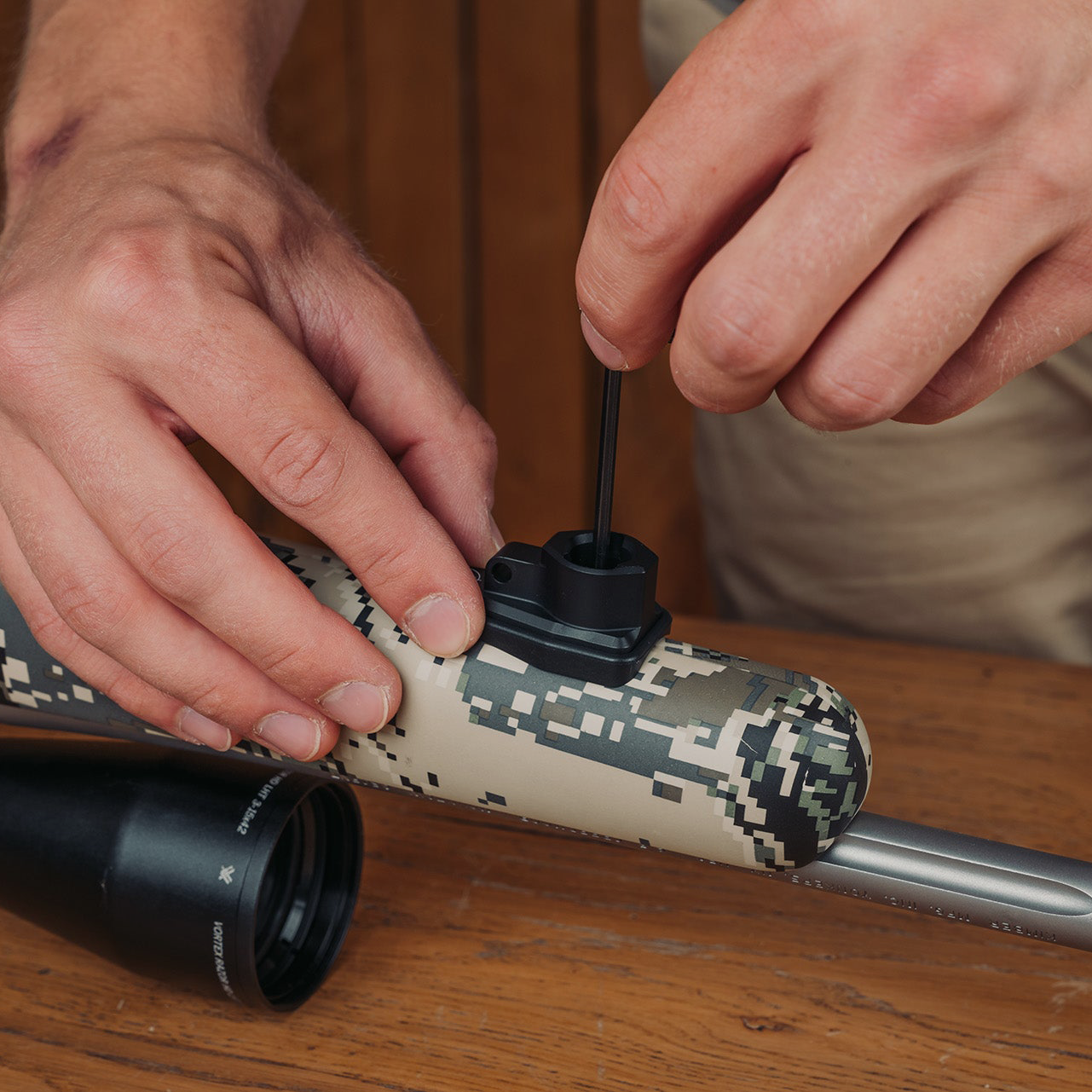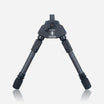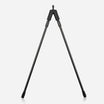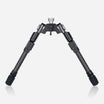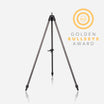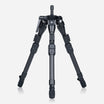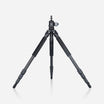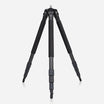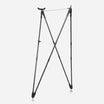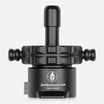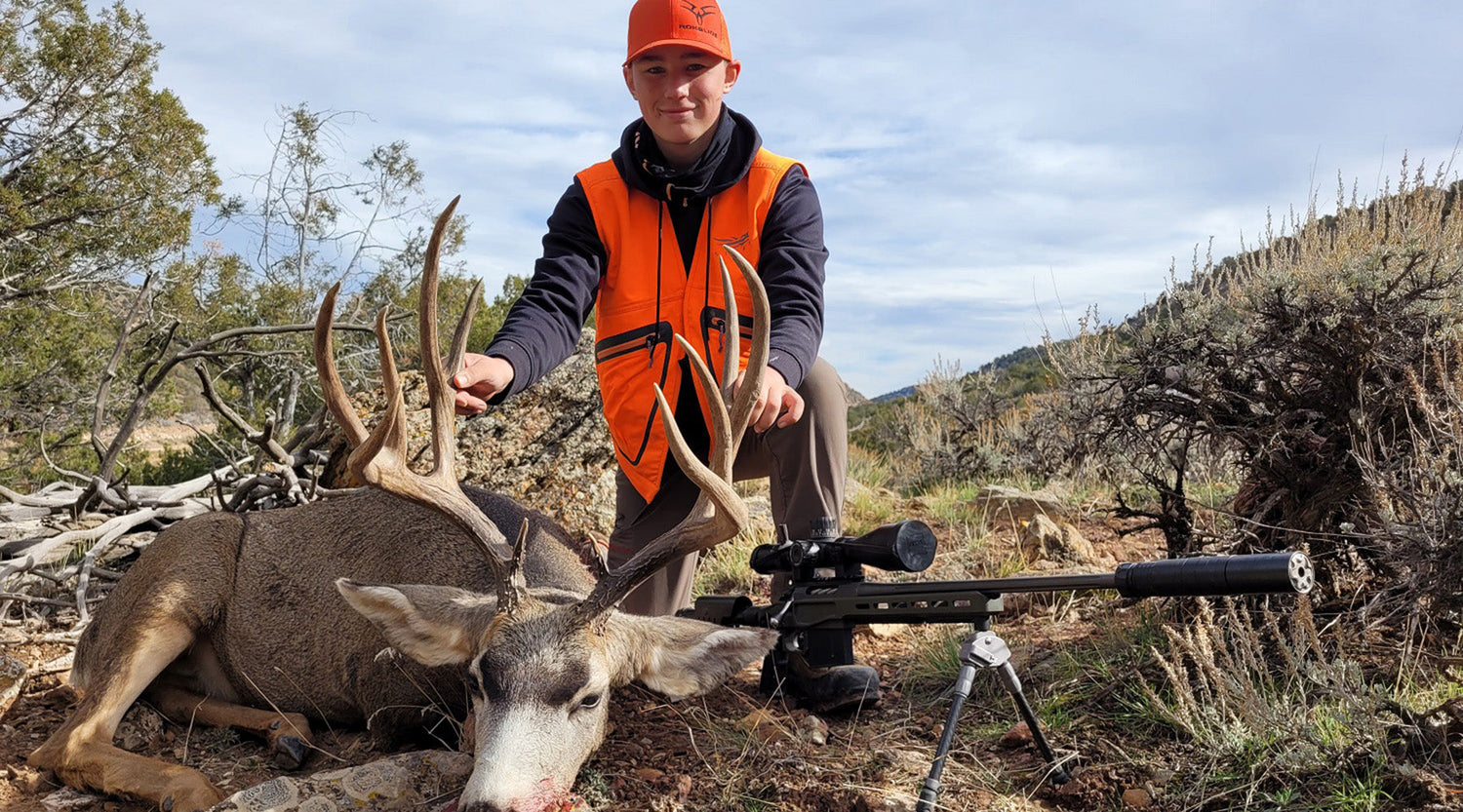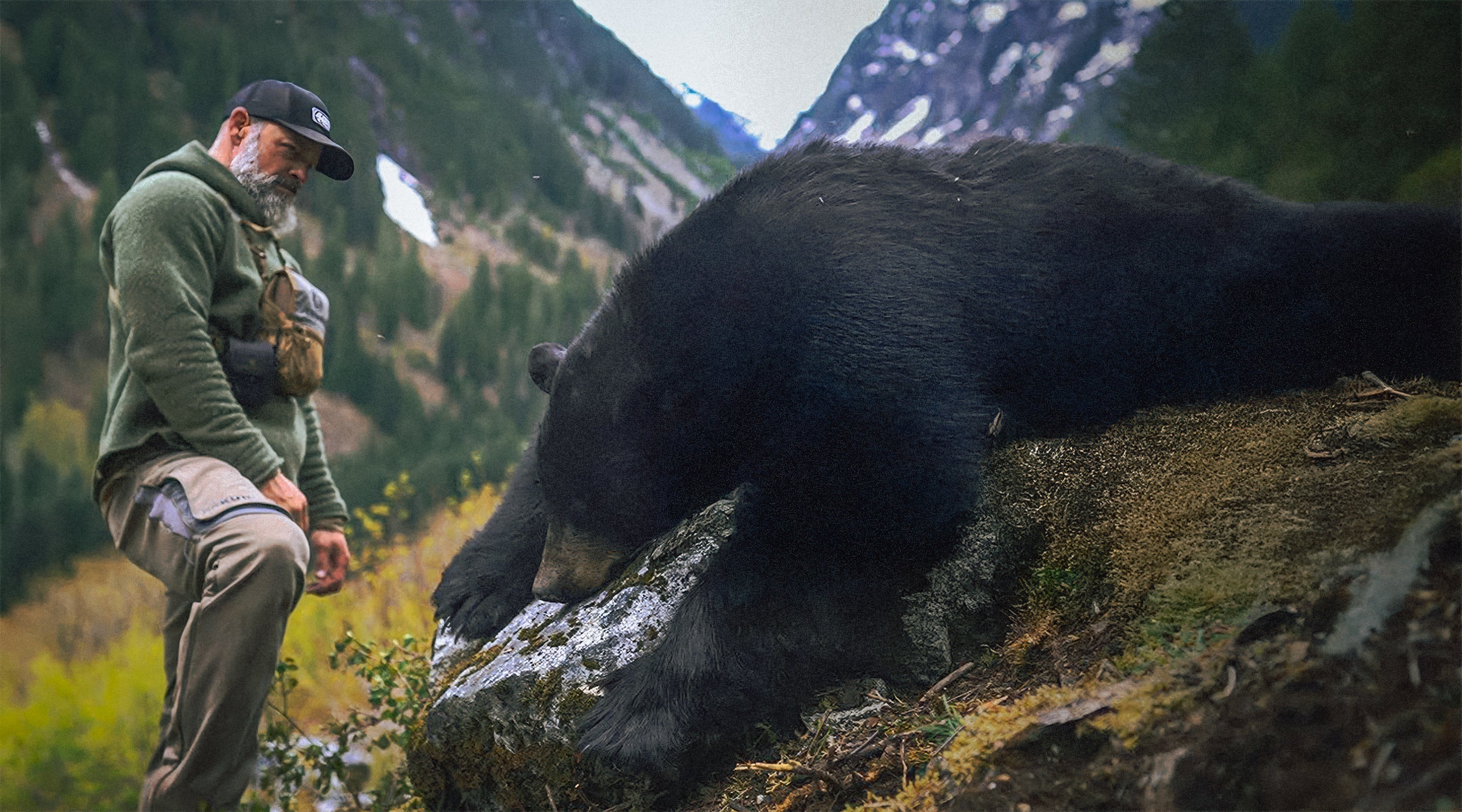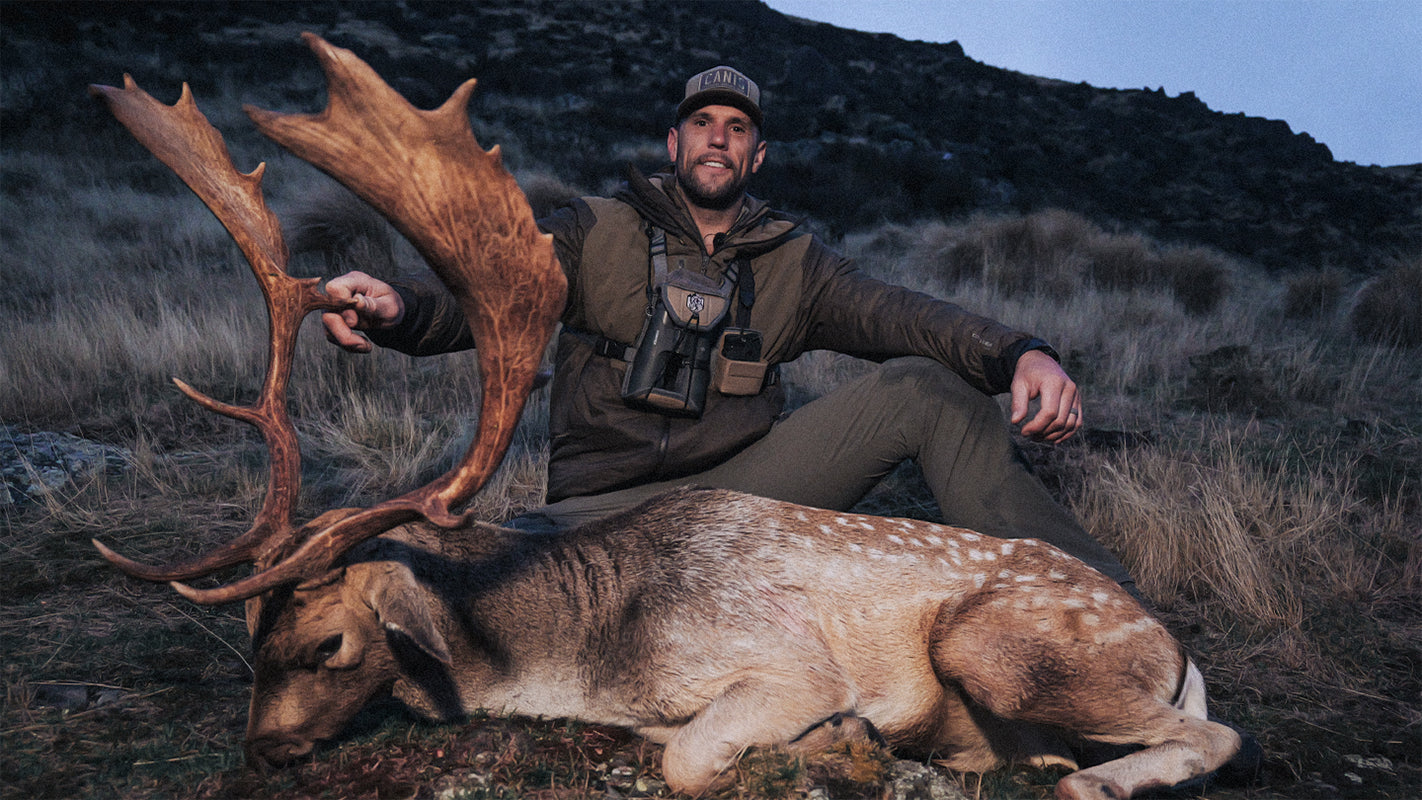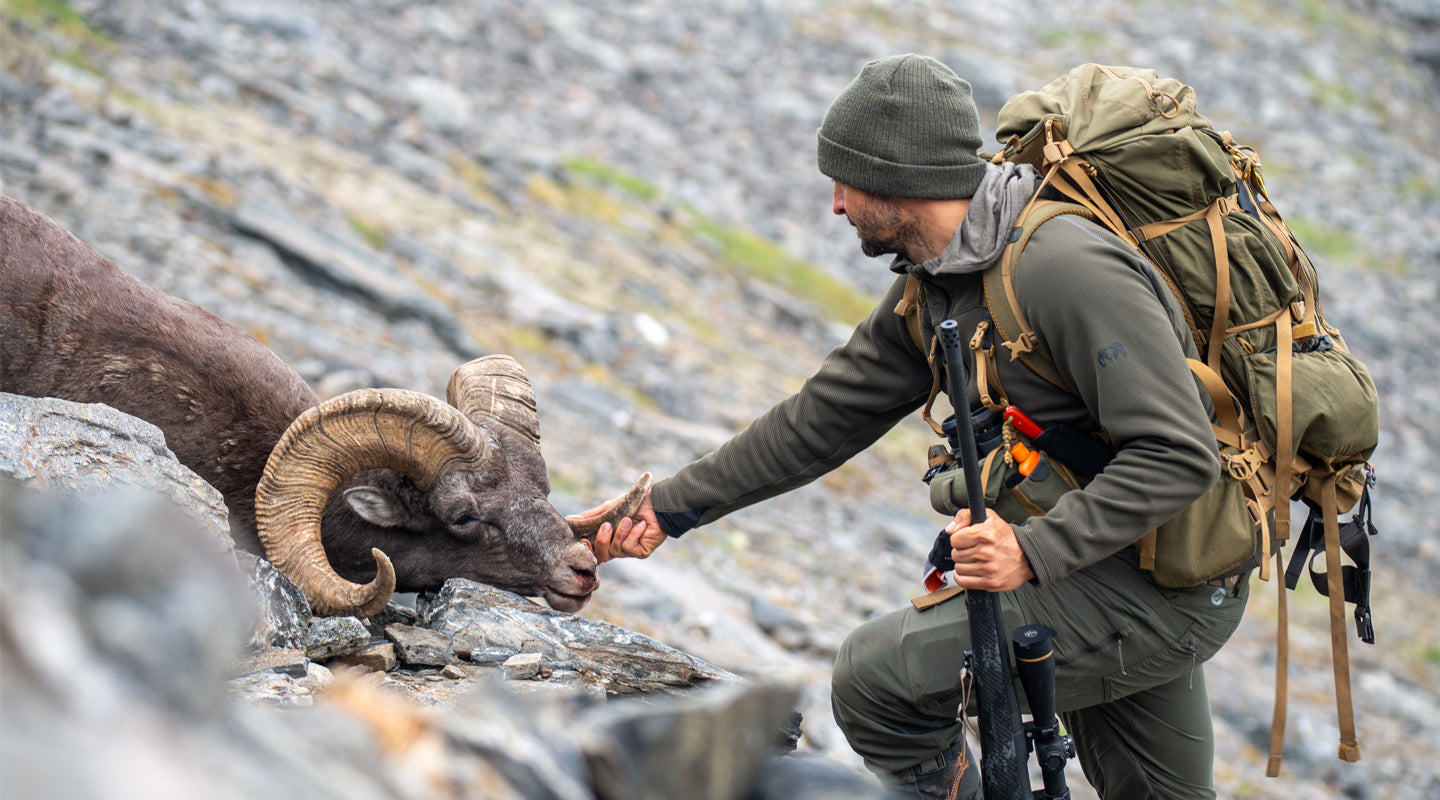If you want to be a better shot than you were last season, what would get you the most improvement versus effort invested? In the past, we sought to increase our range with magnum cartridges and scorching velocity. While this sledgehammer approach of throwing more powder at the problem does minimize the effects of bullet drop and wind deflection, it also comes with a host of sacrifices. The most detrimental include violent recoil that creates a flinch, heavier guns with longer barrels, and painfully expensive ammunition. Today we can work smarter, not harder, by dedicating some time to the art of getting steady. Here are 5 tips to improve your ability to make a lethal hit.

The author’s son was able to make a lethal shot by creating a solid shooting foundation.
Build Your Foundation
Each year at the range most of us will witness guys shooting a few rounds from a bench, and heading into the field to hunt. It takes way more than that to be proficient in actual field positions, especially if you’re even considering stretching past 300 yards. It may seem obvious, but the most important thing is practice and a ton of it. In a typical year, I shoot at least 2000 rounds with high-powered rifles. A gun with heavy recoil makes that a chore and takes the fun out of it, which consequently means you end up not using that rifle as much as you should. I recommend the lightest kicking chambering you can get that will effectively kill the animals you intend to pursue. Firsthand experience has proved to me that 6mm or 6.5mm cartridges are great choices for anything in North America, including elk.
Start with dry firing in different shooting positions to work on your trigger press and verify you are not moving the rifle off target after the hammer drops. Envision where you will be hunting, then practice positioning your gear and body for something like a cross-canyon shot on elk. You might need to find a steep hillside to replicate the challenge of getting steady on an incline. I strive to shoot prone, but it’s not always an option. Go out in the type of terrain you hunt, if possible, then set targets at random distances and try sending lead down range prone, sitting, kneeling, and standing. If you can buy or make a steel hanging target about the size of a deer’s vitals, the visual impact and sound of smacking metal gives you valuable instant feedback. Make sure to run through these drills using the same gear you will be hunting with so that you can discover any issues now.
Two Points of Support
Whenever possible, two points of solid support will give you the best potential for accuracy. Without the demand of holding up the whole rifle, arm muscles will be free to fine-tune your aim with subtle adjustments to the buttstock. I always try to get prone with a bipod and rear bag if it’s feasible. Pairing a tripod with rear support is also a terrific way to make mid-range shots. If you are sitting with a tripod or bipod, most backpacks make good rear support. A trick I learned that you might not see very often is to combine a tripod with a tree. Using your tripod as a rear support, you can get pretty stable by laying the forend over a tree branch, a rock, or a fence rail.

By moving your points of support to the far ends of the stock, this long axis makes each adjustment you input finer.
Okay, let’s talk in detail about some of the gear that can help you be more successful in the field.
Bipods
There are some phenomenally solid bipods on the market, but not all of them work well for mountain hunting. You want to search for one that combines solid enough support without weighing so much that you end up not taking it with you. It doesn’t make sense to spend hundreds of extra dollars on a carbon fiber barrel, ultralight stock, or titanium action, then defeat the whole purpose by strapping on a bipod that’s heavier than it needs to be. The Javelin bipods provide good stability and versatility for hunting, in a compact and lightweight package. One of my favorite features is how quickly they magnetically attach, so I don’t have to keep it on my rifle to get hung up in the brush or whack me in the head. You can read Jim Carr's review of the Javelin Pro Hunt Tac Bipod here. (https://www.rokslide.com/spartan-javelin-pro-hunt-tac-bipod-review/)

A bipod is a perfect front support when you’re hunting somewhere with low vegetation height.
Tripods
Since most of us use a tripod to support our optics, it makes sense to also utilize it for shooting. Think of it as a piece of gear you use twice, but pay the weight penalty once. I choose different tripods depending on the type of hunting I’m doing. For hunts that don’t require a lot of walking, I will use a heavy-duty tripod and head designed for shooting that may weigh up to seven or eight pounds. For more strenuous hunts, I look for a tripod and head that are closer to three pounds altogether. If you already have a tripod you like, the Spartan Davros is a handy, lightweight head option. I find my Davros to be advantageous because after I screw it on top of my tripod, with a couple of adapters, I then have the option to instantly swap between glassing and shooting. Read my full review of the Davros head here. (Spartan Davros Tripod https://www.rokslide.com/spartan-davros-tripod-head-review/ Head Review - Rokslide)

The height adjustability of a tripod gives tons of options for finding stability.
Attachment Systems
If you’ve decided to take the leap and set up your rifle so it can be used with one of the aforementioned supports, I’ll share from experience that my least preferred method is to clamp to the sling swivel stud. Those types of connections are convenient, but they are slow, bulky, twist easily, and can scratch the stock. The two attachment systems I prefer are the Spartan system for when weight plays a big role, and Arca Swiss when I want the absolute best stability and can get by with a couple extra pounds. Picatinny rails are another popular attachment system that interfaces with a huge variety of products.
While any rest is more helpful than going freehand, consider that just plopping your rifle on top of something only provides one angle of support. All of the above can be superior to just resting your rifle on a horizontal surface because they provide side-to-side plus fore-and-aft support.

Picatinny rails, the Spartan adapter system allow you to interface with almost any type of equipment. It never hurts to have extra adapters so you can adapt to your friend’s gear.
Conclusion
Whether becoming a more effective hunter means getting confident at the distances you currently hunt, or extending your range another 100 yards, this improvement won’t happen until you pull your firearms out of the safe and take action. Build a support system that fits your style of hunting and test it with the types of shots you’ll be taking in the field. I find it worthwhile to have a bipod, tripod, rear bag, and backpack on all my hunts. Optimizing your skill with the gear you have is the modern, thinking man’s approach to growing as a marksman.

